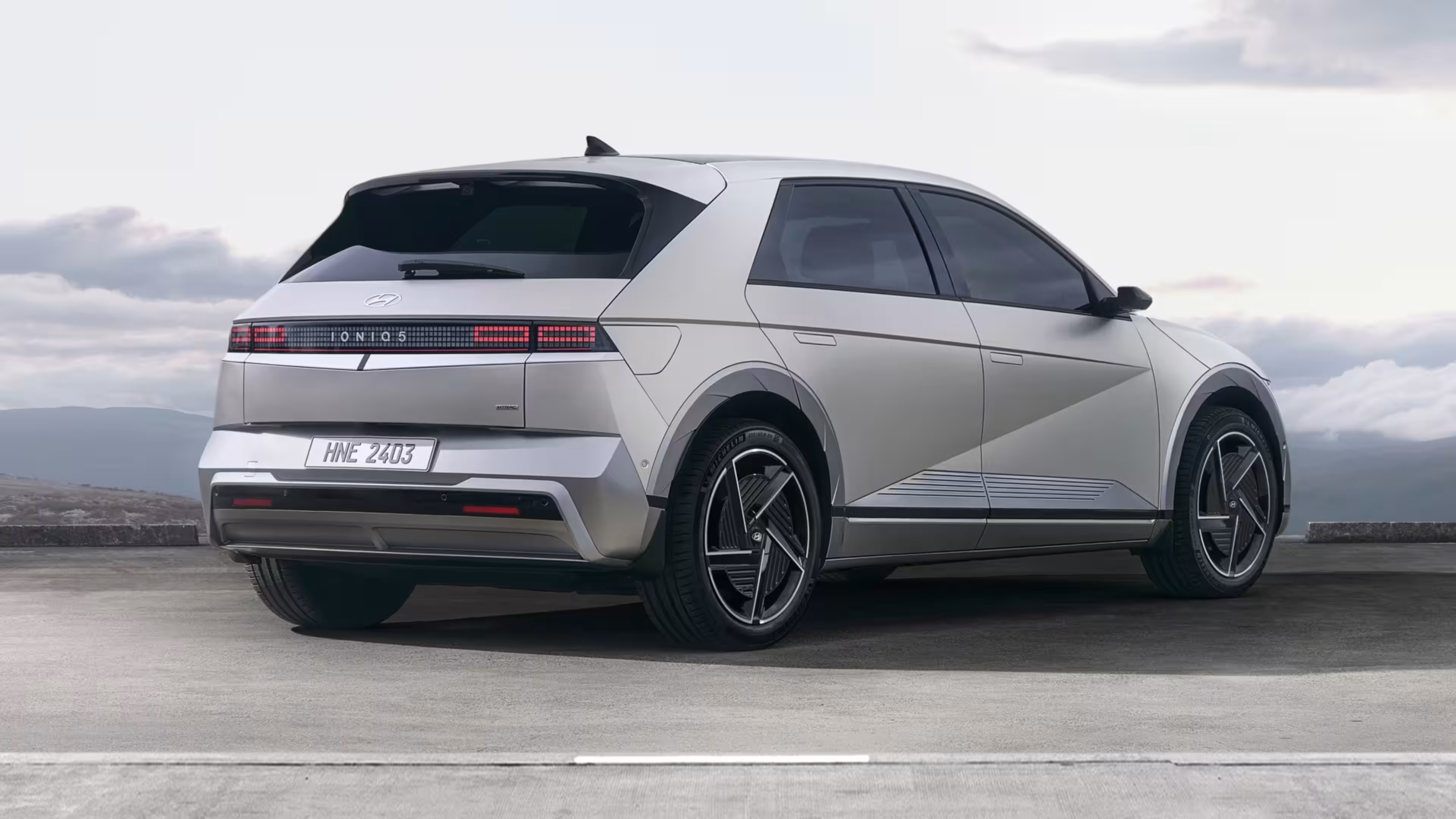Car subscription and subscription models in general are growing in both popularity and demand from consumers, retailers and businesses alike. It’s no wonder given they avoid heavy upfront capital expenditure, offer flexibility of choice and support usage based pricing which is becoming more and more prevalent as the most effective way to outlay money. But where do you start with a car subscription business and what considerations do you need to make to ensure it’s not only viable, but also feasible and desirable in the long run.
This distils down into three questions that you need to assess at the onset;
- What are my target customer segments?
- How big do I want my fleet to be?
- What existing competencies can I leverage to achieve operational excellence?
What are my target customer segments?
A customer segment refers to a group of customers that share common attributes, this essentially allows you to “segment” them into a group and then target them through means such as advertising, pricing or stock range. These attributes are typically demographic (age, gender, financial) and are important for you to define early on as it will dictate amongst other things;
- Your choice of fleet
- Your pricing
- Subscription metrics such as average revenue per customer and lifetime value
- Your ad spend and by which channels
These flow on effects of defining, and more importantly choosing your target customer segments are critical to the success of any subscription business and so it’s important to put time and effort into this upfront. Market and competitor research is the simplest way to do this and by spending the time upfront, you may uncover an untapped opportunity within the market or a competitive advantage that you may have over an incumbent.
Remember though that no business can be everything to everyone. Be narrow in your focus initially and seek to prove your assumptions before expanding beyond a given customer segment.
How Big Do I Want My Fleet To Be?
After choosing/defining your target customer segment(s) the next step is to address how you will satisfy demand from those customers. Stock and more importantly the availability of that stock will define success in terms of your ability to engage and grow your customer base.
In addition to the common attributes of your customer segments such as age, gender and their financial status; their desired vehicle type is also another attribute that comes with a customer segment. A parent with two kids will likely need a family vehicle - think an SUV for example while a younger adult would likely be satisfied with a hatchback or similar at a lower price point. Once you have established your customer segments and a fleet list that you think will be desirable and viable; the next step is understanding how big you want your fleet to be.
As we know cars are not cheap and even finance/leasing arrangements for cars can cause fluctuations in your operating costs due to changes in the cost of financing and other elements such as balloon payments. The size of your fleet will also dictate running costs (fleet maintenance etc) and how big a subscriber base you will need to engage and grow to ensure you obtain sufficient utilisation.
These are all important factors to be considered, as bigger isn’t always better as it comes with other requirements as mentioned above that can present challenges to a new business. At Loopit, we recommend that if you have yet figured out your logistics capability, ie. acquiring, cleaning/detailing, servicing and delivery, it is more feasible to start small so you can understand the financial fundamentals of running a fleet and then grow as needed.
By starting small, you have the opportunity to validate your fleet assumptions against your target customer segment - i.e. do you have the right vehicles at the right price to ensure stock utilisation and hence profit margin?
What existing competencies can I leverage to achieve operational excellence?
Operational excellence in a car subscription business refers to your ability to manage and maintain operating costs while increasing your customer base (and hence revenue) disproportionately. That is, by running a lean and well managed business you can increase your profitability over time. In a car subscription business there are many elements to operational excellence and some of these are below:
- A logistics capability in acquiring, cleaning/detailing, servicing and delivery
- A customer experience function that can nurture, retain and grow your subscriber base
- Effective use of technology to reduce manual burden on your team and provide clear line of sight into subscription metrics
We often see rental companies being able to quickly adopt subscription models and grow them primarily due to core competencies in all three of the above. They already turn around vehicles from renter to renter, have a customer experience function for customer service and complaint handling and run software to simplify their day to day and provide accurate reporting.
Car dealerships on the other hand may have a competency in the first two functions above but are often not equipped (in the short term) to effectively and efficiently ready and turnaround cars from one subscriber to another and so this is a capability that will need to be built, monitored and grown.
If you’re neither of these types of businesses or a start-up in this space, you’ll need to consider how you build, buy or partner to equip yourselves with a competency across the three areas mentioned above to ensure that you can run with operational excellence and boost your profitability over time.
Final thought
While not exhaustive, these three sections covered above are fundamental to think about and make assumptions over prior to starting a subscription business. With appropriate thought and a mentality of iteration and experimentation it’s very likely that you’ll be able to ride the growing wave of demand for subscription and build a business that has the fundamentals and potential to grow.









